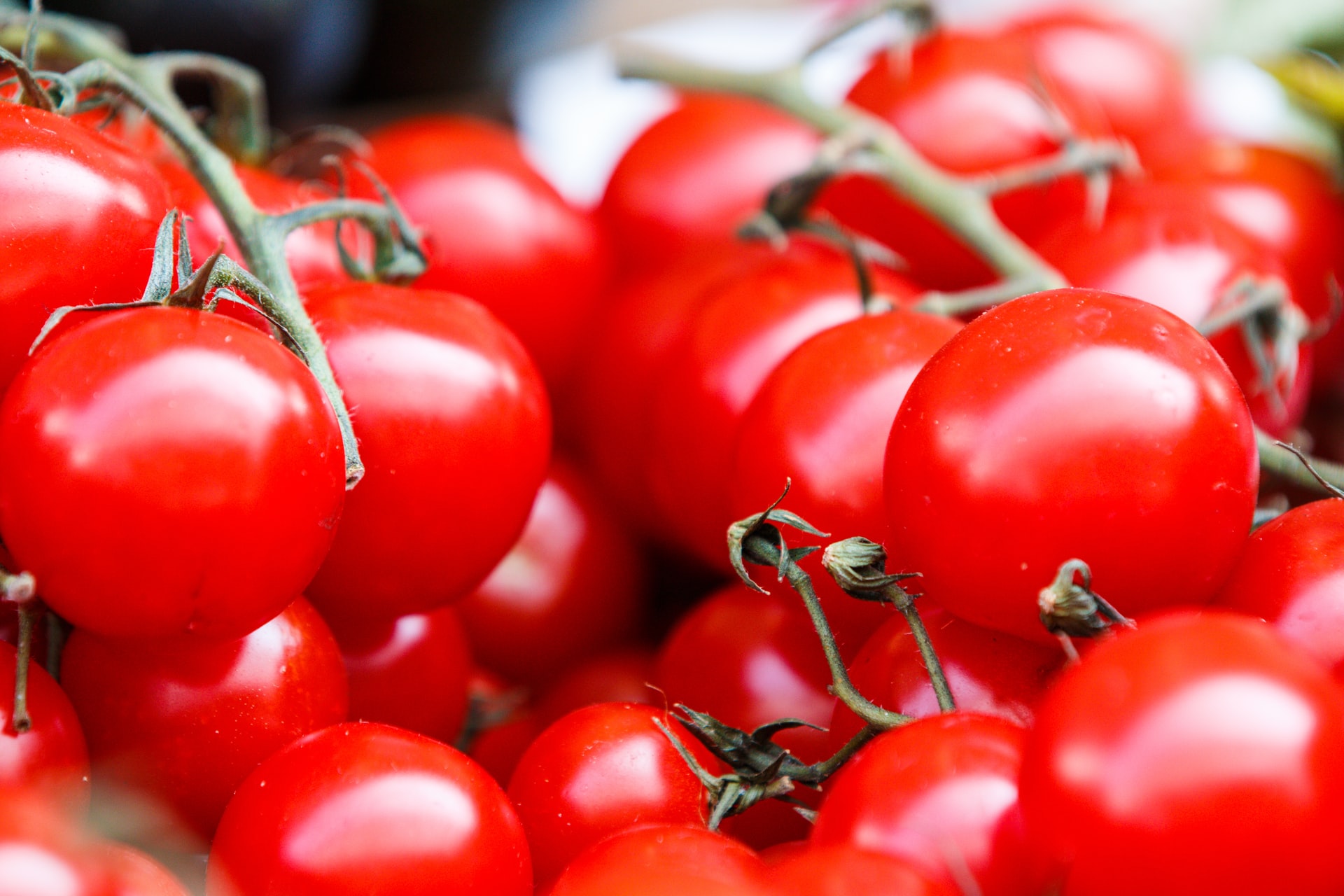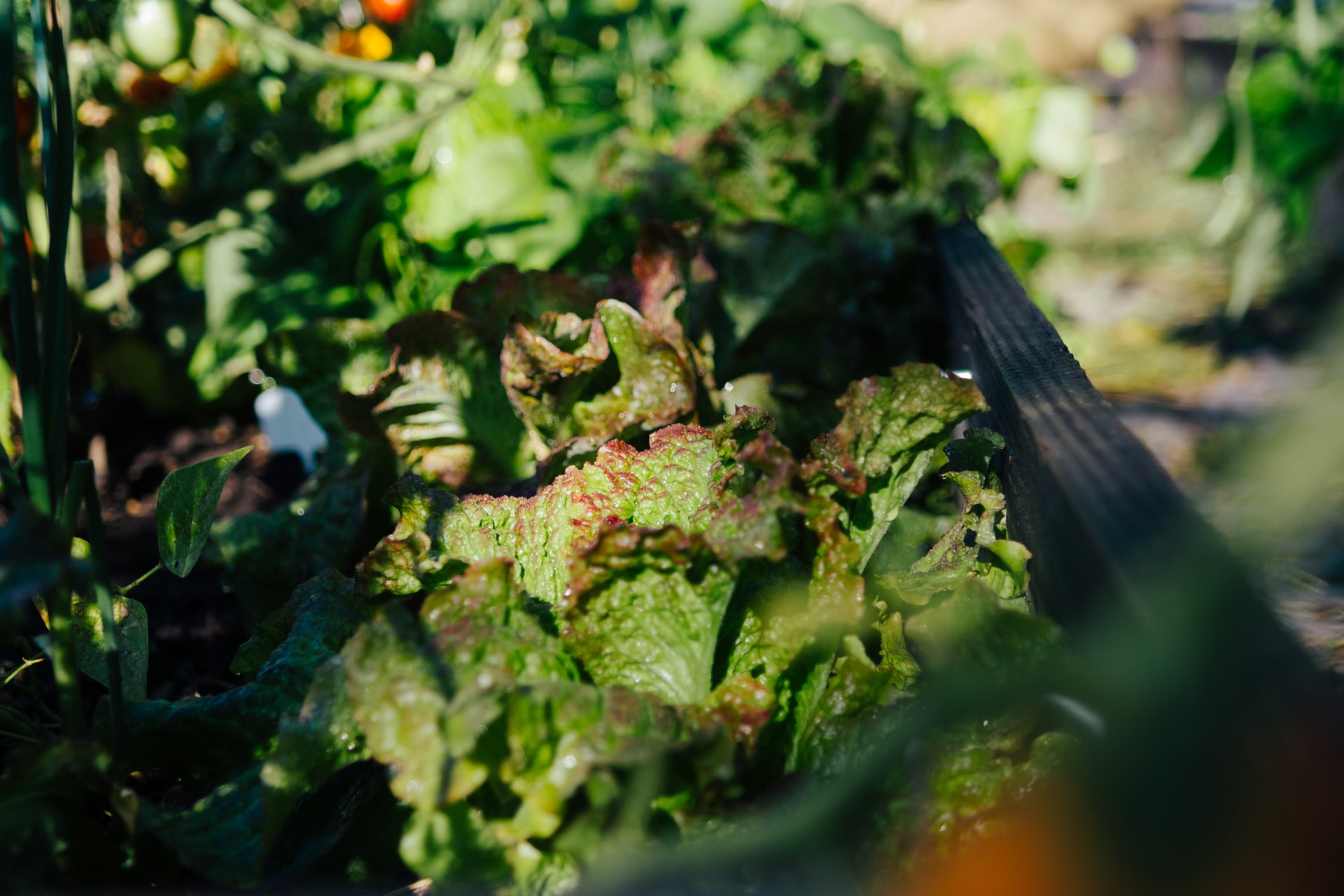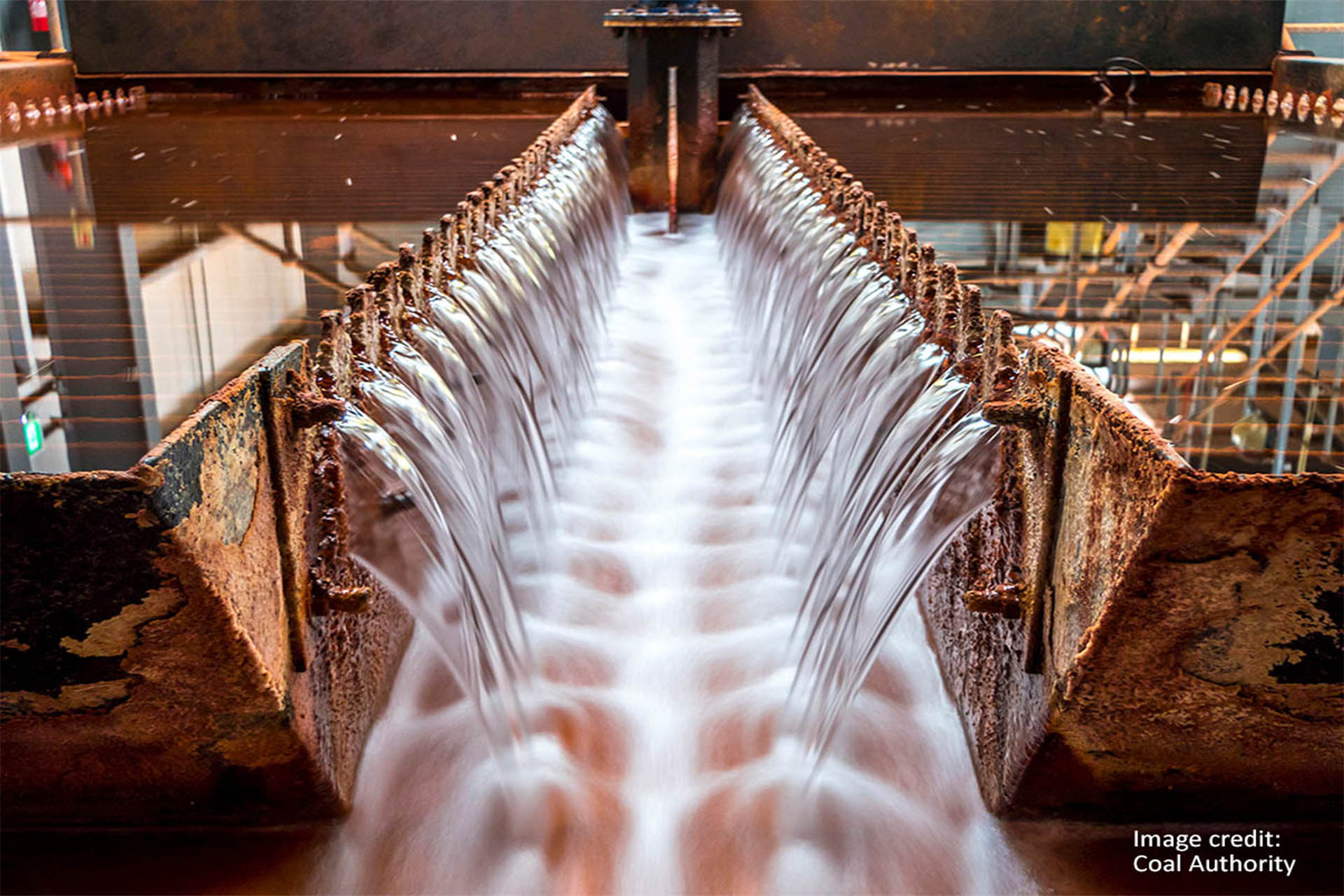Six unexpected uses for geothermal waters
Bubbling beneath the Earth’s surface, geothermal waters are commonly used to create energy for thermal spas, but countries around the world are experimenting with new, creative and sustainable ways to make use of this natural resource.
Geothermal waters are created in reservoirs beneath the Earth’s surface, where warm rock heats water at various depths to different temperatures. Drilling down to these reservoirs gives access to a natural source of hot water and steam that can be a source of energy and enjoyment.
Geothermal power is used to produce electricity in 24 countries and many more use naturally hot waters to create spas and water parks.
However, these are not the only uses for this natural resource. Around the world, new initiatives are experimenting with using geothermal water to support farming, business and social equality with minimal environmental impact.
Growing summer fruits in Iceland

Come rain, shine or snow, the Friðheimar restaurant in Iceland has a steady supply of tomatoes thanks to the farm’s greenhouses and 300 square metre plant nursery which are heated by geothermal water. Natural hot springs are famously abundant in Iceland, and they have provided a solution to help the owners of the rural restaurant produce around one ton of tomatoes a day, all year round. Of course, as well as heat the tomatoes need light, which is largely provided by high-intensity discharge lamps, powered by the island’s 42 hydroelectric and geothermal power plants.
Fighting food poverty in Canada

A similar concept is helping First Nation indigenous communities in Cape Breton fight job loss and food poverty. On the Nova-Scotian island, access to fresh produce is limited by temperatures, lack of resources and logistics – for many indigenous residents the nearest large supermarket is up to 55km away. A project started in 2021 by Digital Mi’kmaq – an organisation set up to bridge inequalities faced by indigenous children – plans to change that. The First Nation Potlotek community has been able to grow kale, lettuce, spinach, beets, carrots and bush beans thanks to a 30 by 60-foot geothermal greenhouse which can grow produce year-round with the help of a geothermal climate battery that uses the Earth’s core to heat the space.
Heating local businesses in the UK

When the manager of a 37,000 square metre wine warehouse in Durham found out that the building stood on top of a disused mine that had flooded water, he had a novel idea. After drilling down, his team reached thermal waters with a temperature of 15℃, perfect for keeping the wine stored in the warehouse at the ideal temperature, with the use of a heat pump. The success of the experiment means the mine waters are now being used to heat additional warehouses, a bakery and a car showroom.
A new way of farming in Algeria

Since 2008, three fish farms in Algeria use geothermal waters to provide optimal conditions for breeding and farming Tilapia fish. The temperature-sensitive fish require warm water pools to live in, and the 20-30℃ waters from geothermal springs in the Sahara Desert are ideal. The government subsidised project produces around 2,000 tons of Tilapia for consumption each year.
A source of ecotourism in China

Located just outside of Beijing, the town of Nangong sits on a hot spring well that is 2,980 metres deep, and provides water with a temperature of 72°C. The town has used its unique resource to create an equally unique tourist attraction. Nangong’s World Geothermal Expo Park contains temperate zones such as greenhouses that house unique flowers and edible plants, aquarium pools containing tropical fish and water plants and recreational fishing pools. At the heart of the park is the Scientific Exhibition Centre, where visitors can learn more about how geothermal waters are produced and used.
Creating new ecosystems in Switzerland

Engineers in Switzerland were shocked when 18℃ water started flooding an Alpine train tunnel they were building in the early 2000s. The warm temperature of the water meant it could not be diverted into nearby rivers as it would disrupt the local ecosystem, so instead they set about using the resource for other purposes. In the years since, a sturgeon farm for producing caviar and a tropical greenhouse growing fruit such as mangoes have been built, and the project has won numerous sustainability awards.